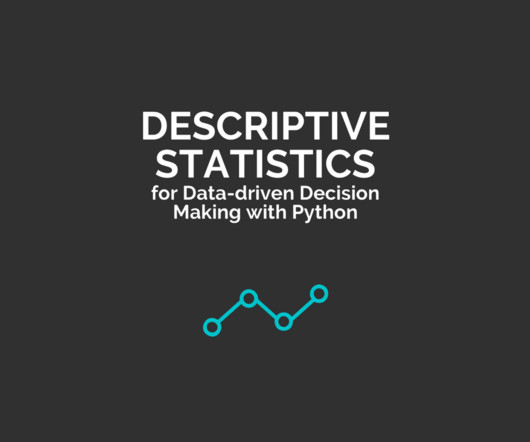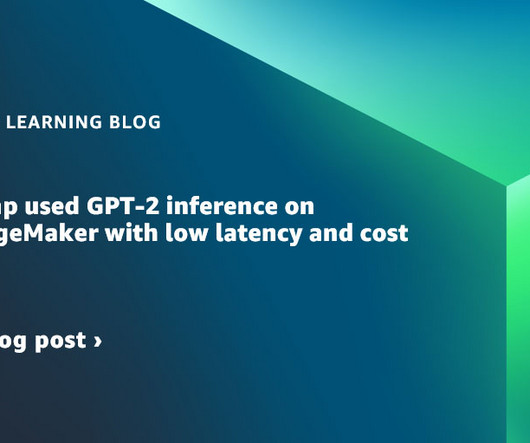[AI/ML] Keswani’s Algorithm for 2-player Non-Convex Min-Max Optimization
Towards AI
NOVEMBER 16, 2024
Last Updated on November 17, 2024 by Editorial Team Author(s): Shashwat Gupta Originally published on Towards AI. Keswani’s Algorithm introduces a novel approach to solving two-player non-convex min-max optimization problems, particularly in differentiable sequential games where the sequence of player actions is crucial. Jin et al. [8]











Let's personalize your content